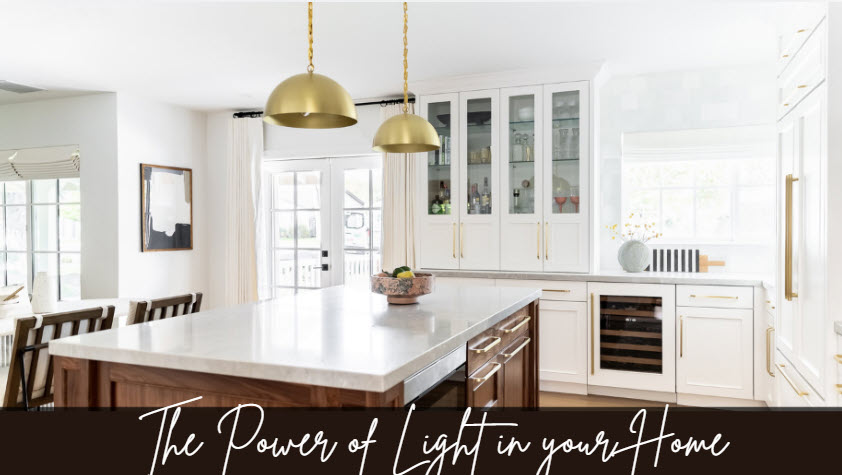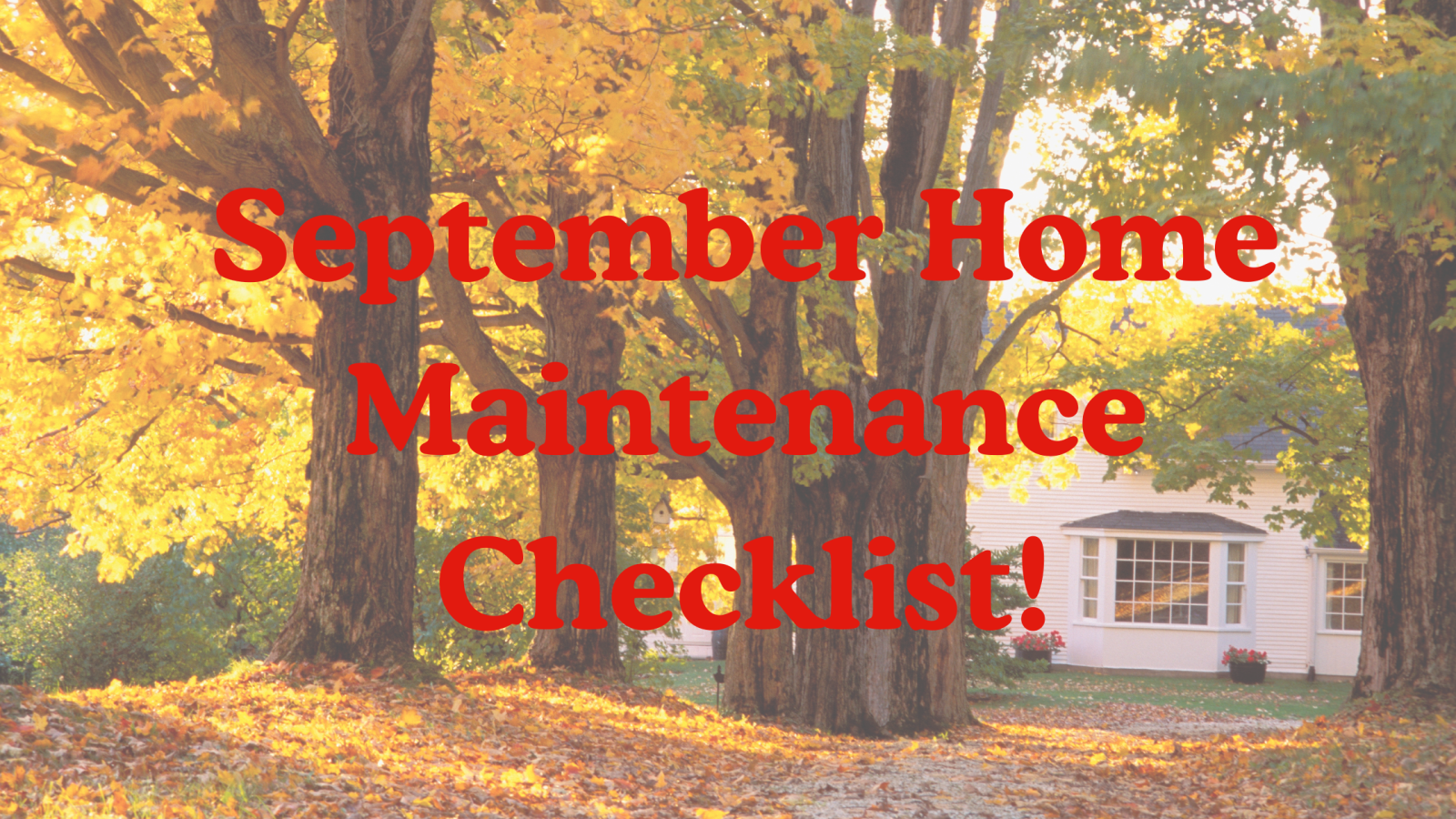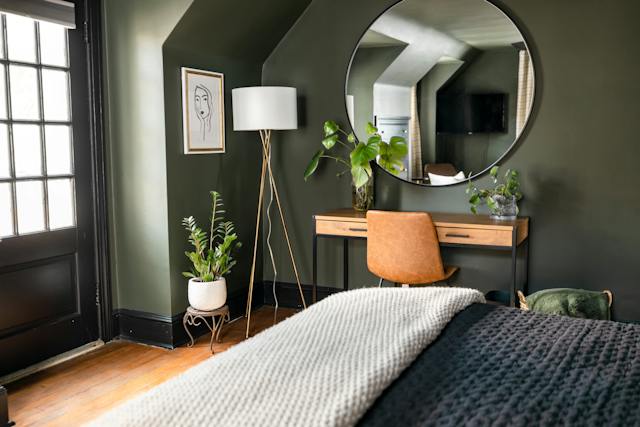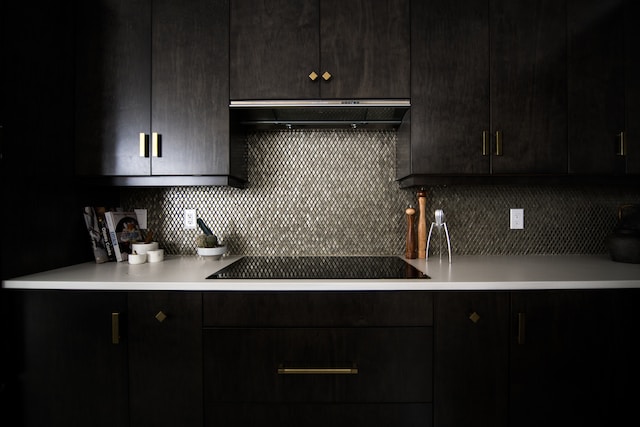
Let's be honest—when most people think about selling their home, they don't picture Nebraska's famous winter weather. But here's a little secret: selling your Omaha home during winter can work in your favor. As an experienced professional, I've seen lots of homes sold in Omaha winters. Today, I'll share tips on how you can turn Omaha's chilly challenges into cozy opportunities.
Why Winter Can Be Your Secret Weapon
Think about it – while fair-weather sellers are waiting for spring, you're dealing with seriously motivated buyers. These house hunters are bundled up and braving the cold for a reason! You need to realize that your home may stand out since fewer homes get listed on the market.
Also, all the twinkling holiday lights in Aksarben Village and the festive atmosphere throughout the city create a magical backdrop for showing your home.
Making Winter Work for You: The Omaha Edition
First, let's talk about how to handle those classic Nebraska winter challenges. We all know about our famous snowstorms and bone-chilling temperatures, but with some preparation, you can keep your home showing-ready even when the weather isn't cooperating.
Keeping It Safe and Accessible
Your first priority is ensuring potential buyers can reach your front door without an impromptu ice-skating session. Keep your walkways, driveways, and steps clear of snow and ice. Consider it your winter welcome mat! Stock up on ice melt (but keep it pet-friendly—lots of Omaha house hunters bring their four-legged family members along), and maybe invest in some heavy-duty indoor mats to protect your floors.
Creating a Cozy Winter Welcome
Now, let's talk about making your home feel like a warm hug on a cold day. When buyers step in from a Nebraska winter day, you want them to feel instantly at home. Set your thermostat to a comfortable temperature (around 70 degrees is perfect), and if you have a fireplace, make sure it's clean and ready to highlight during showings.
Smart Seasonal Staging
Here's where we can have some fun! Winter Staging your home in Omaha's Winter requires a perfect balance of cozy and clean.
Living Spaces
Think of warm, inviting textures without going overboard. Add some plush throw blankets in neutral colors, perhaps a few velvet pillows, and consider setting up a reading nook by a window where buyers can imagine themselves watching the snowfall.
Kitchen
The heart of any Midwest home deserves special attention. Clear counters make a space look larger but consider leaving out a pretty tea kettle or a sophisticated coffee station. Nothing says "welcome home" like the thought of warming up with a hot drink.
Lighting Matters
Our winter days can be gray, so lighting is crucial. Clean those windows (even in winter), open all blinds during showings, and add extra lamps to dark corners. Consider using warm-white LED bulbs to create an inviting glow without running up your OPPD bill.
Holiday Decor: The Art of 'Just Enough'
Now, about those holiday decorations. The key here is "festive but flexible." You want to create warmth without overwhelming the space or making buyers feel like they're touring a seasonal display. Here's how to strike that perfect balance:
Choose neutral holiday decorations that complement your home's regular decor. Think silver and gold rather than red and green. A tasteful wreath on the door, subtle twinkle lights outside, and elegant decorations inside can add to your home's appeal without overwhelming it.
Avoid religious-specific decorations during showings – remember, you want every buyer to be able to envision themselves in the space. And please, resist the urge to showcase your entire North Pole village collection!
Highlighting Winter-Ready Features
Make sure to draw attention to features that shine during Omaha winters:
• That attached garage. It's not just parking – it's a winter sanctuary
• Your mudroom becomes a major selling point for managing snow boots and winter gear
• Updated windows and insulation? It is worth mentioning when discussing utility bills
• Could snow removal equipment be included in the sale? That's a welcome bonus for many buyers
The Photo Factor
Winter listings need excellent photos, and timing is everything. Try to get professional photos taken on a bright day right after fresh snow – there's nothing quite like that pristine winter wonderland look. Ensure your photographer captures snowy exterior shots and warm, inviting interior images.
Final Tips for Winter Success
Remember to have your home ready for last-minute showings:
• Store winter gear neatly away between showings
• Keep spare mats and towels handy for wet boots and shoes
• Set up a programmable thermostat to ensure the house is always warm for showings
• Consider having some battery-operated candles for ambiance during gray days
• Keep your walkways clear even when there's no showing scheduled (you never know!)
Embrace the Season
Selling in winter might mean a little extra effort, but it also means serious buyers and less competition. Your home can be that warm, welcoming haven that makes someone want to escape the cold and stay awhile – long enough to make an offer!
Remember, Omaha buyers know our winters and appreciate seeing how a home handles the season. So, embrace it! Show them how your home can be their perfect winter retreat, and you might find that the "off-season" becomes your perfect selling season.
Stay warm out there, Omaha home sellers – you've got this! ❄️🏡
P.S. If you really want to make a good impression, having some hot coffee or cocoa available for showings never hurts anyone's chances. It's the Midwest way, after all!
If you'd like to learn more about selling your home during Omaha’s winter season, we would be pleased to discuss your goals and help you sell your home for more money this winter. For more information or to chat about finding your dream home in Omaha, visit www.OmahaAreaLiving.Com
📞 Let's connect! Call us at 402-677-9024, and let's explore all the fun and adventure in Omaha!






.jpg)












